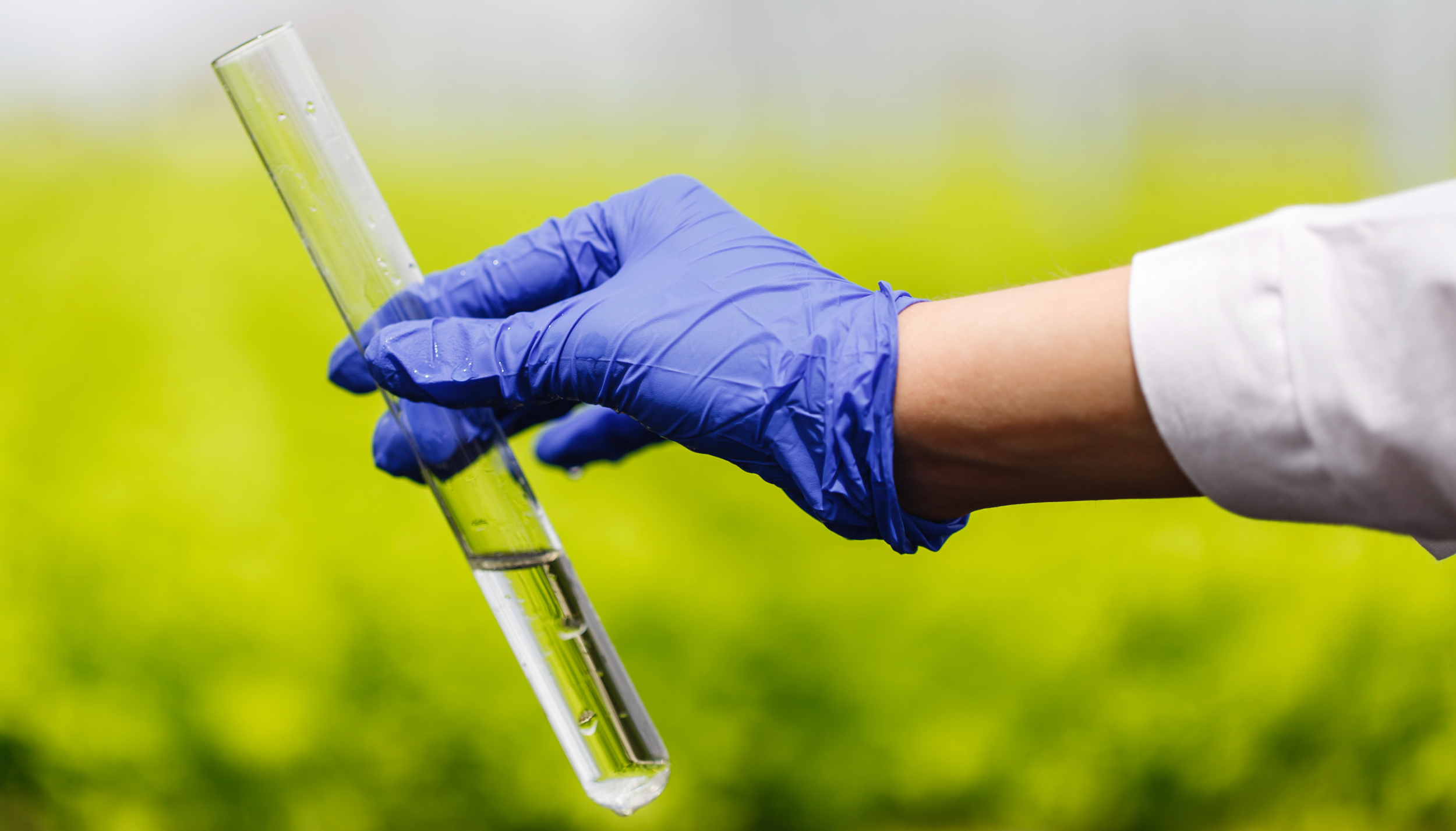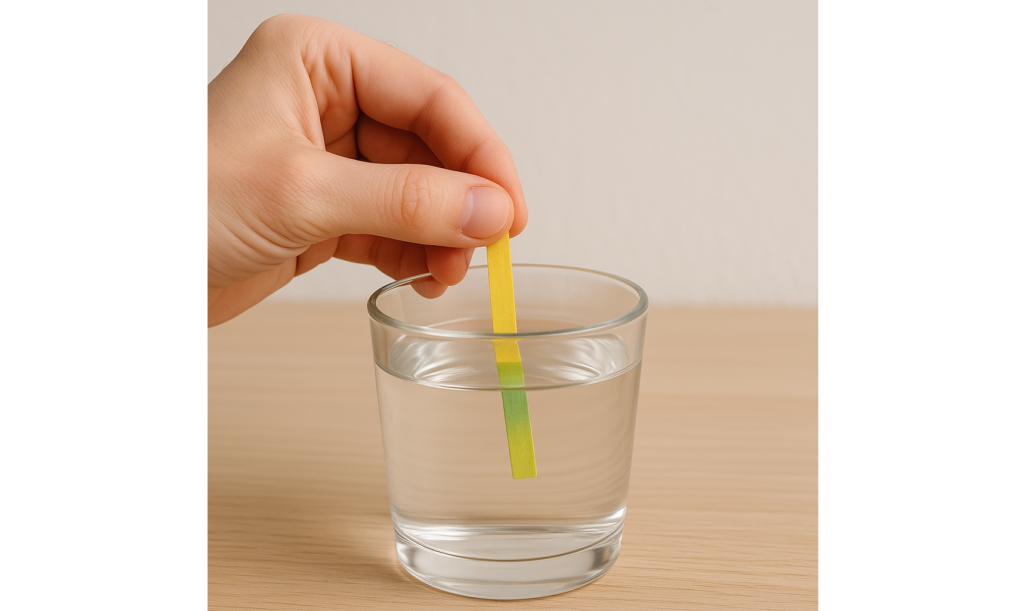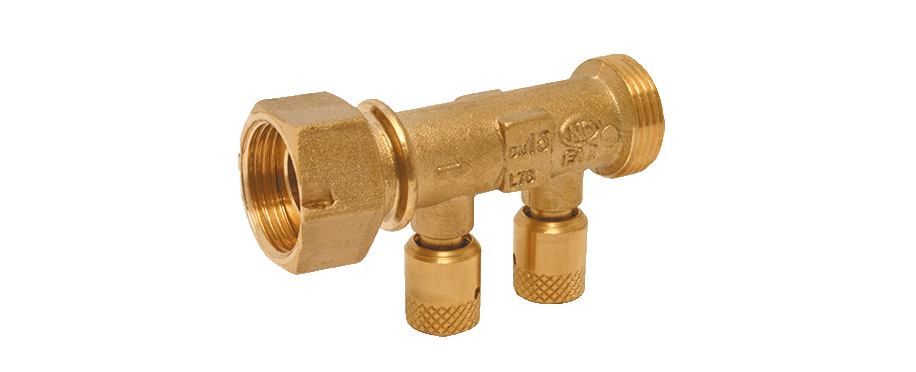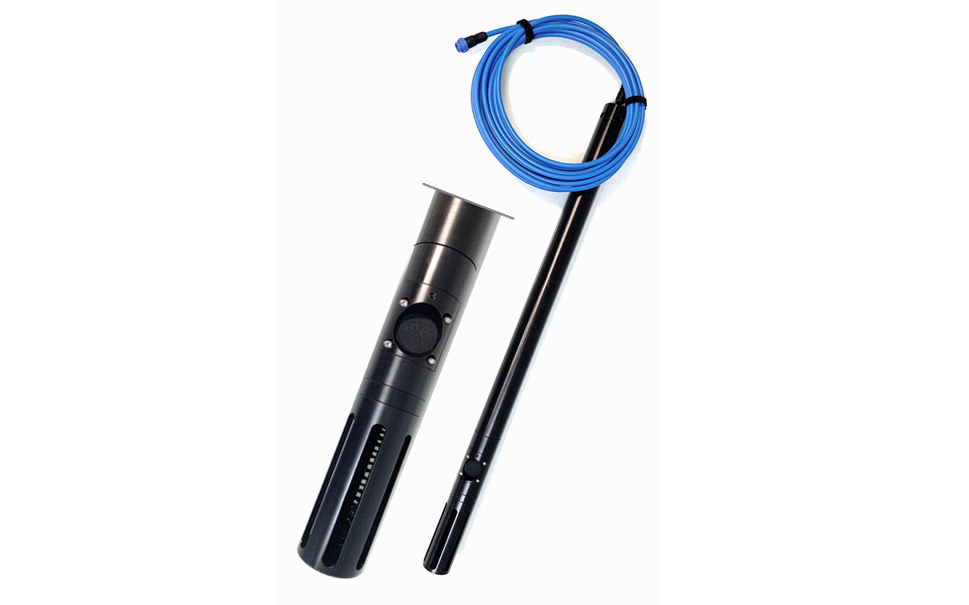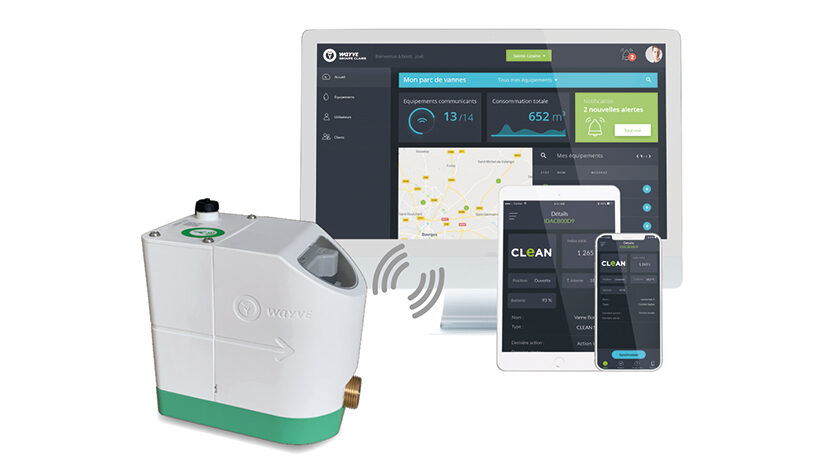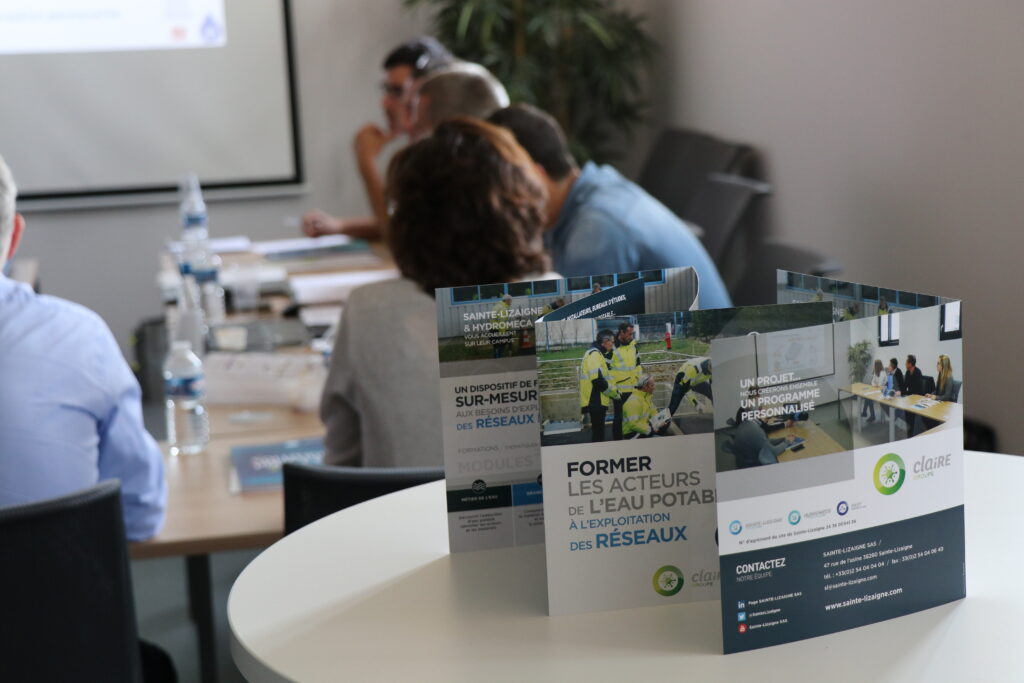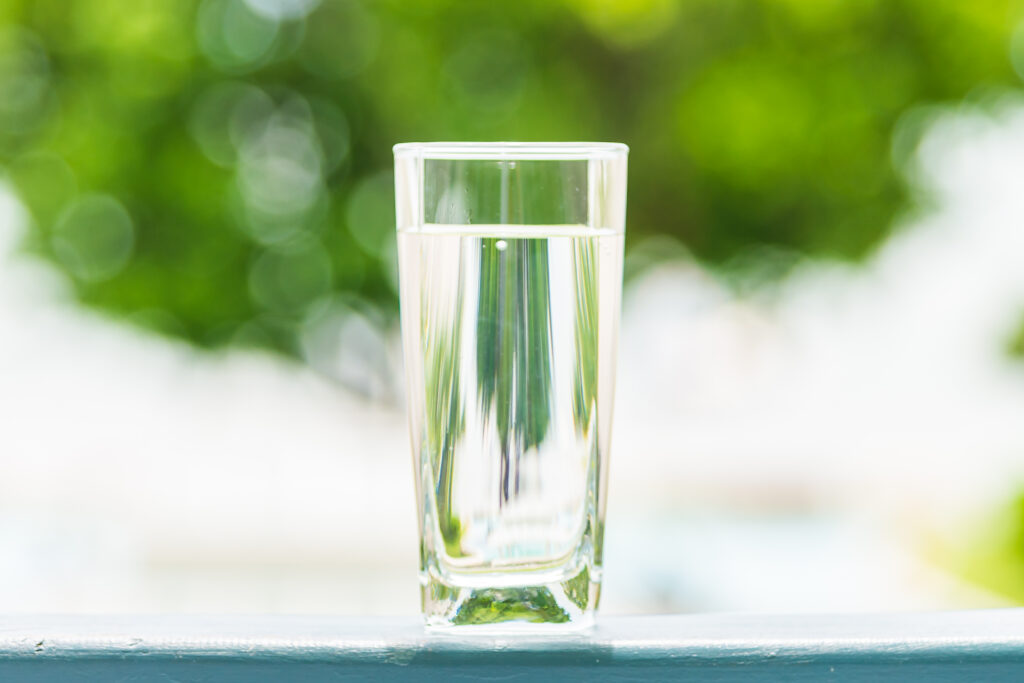The quality of drinking water, a crucial subject
Guaranteeing high-quality drinking water is essential to protect public health and the environment. This challenge is based on precise criteria, rigorous standards and innovative solutions. Let’s explore the different aspects of drinking water quality and how to maintain it.
